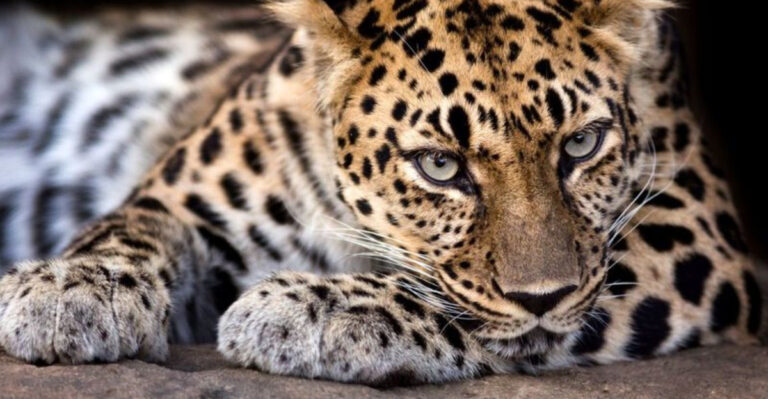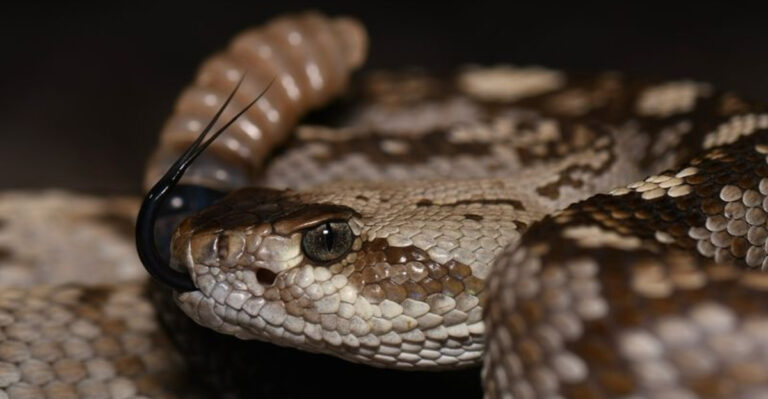28 Charming Snake Facts That’ll Win You Over
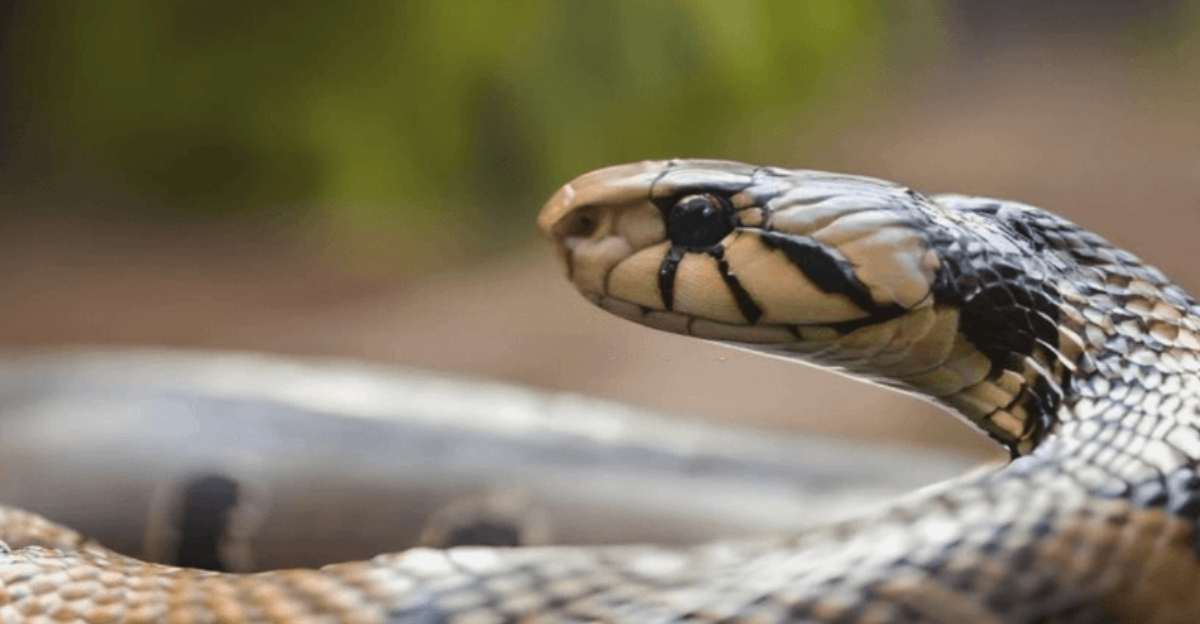
Snakes might send a shiver down your spine, but they’re packed with jaw-dropping secrets. These scaly creatures are cooler, smarter, and more fascinating than you ever imagined!
From silent hunting skills to surprising survival tricks, snakes have plenty of wow factor.
By the end of this list, you might just find yourself rooting for the reptile. Ready to see snakes in a whole new light? Let’s slither into the facts!
1. The Beauty Of Snake Scales
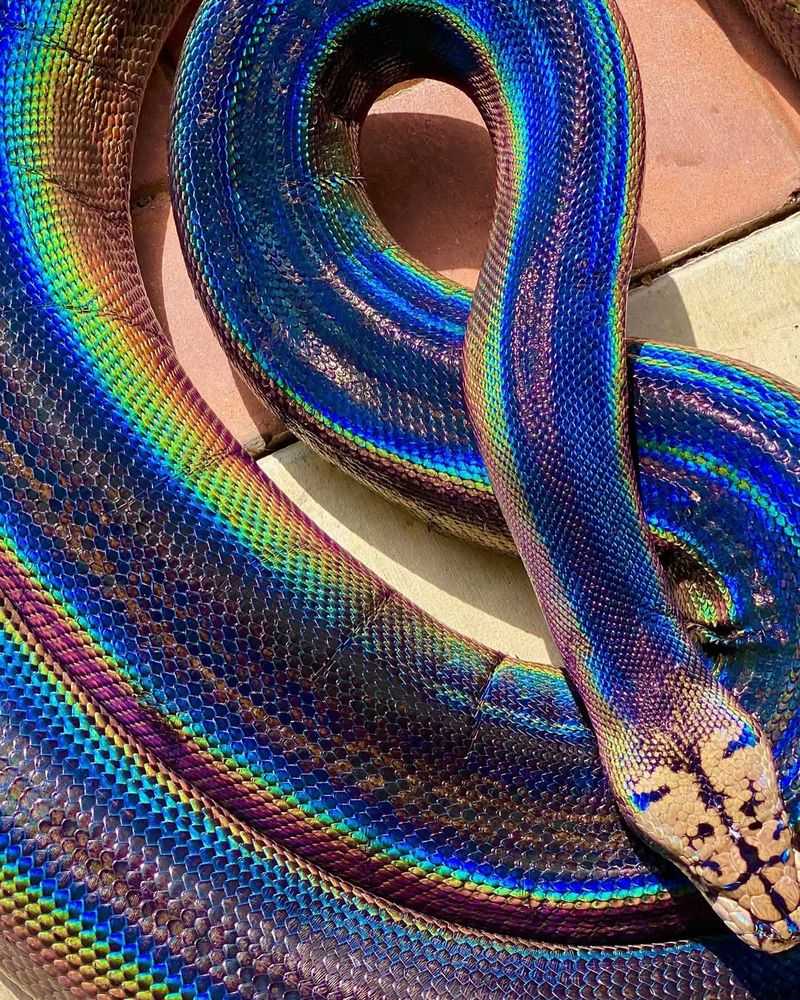
Snake scales aren’t just armor—they’re works of art crafted by nature. With endless colors, patterns, and textures, each one tells a story.
Some shimmer with iridescence, reflecting light in mesmerizing ways. Others provide perfect camouflage or help regulate body temperature.
Every scale plays a role in how the snake moves, hides, or survives. They’re functional and fabulous.
2. The Silent Stalkers
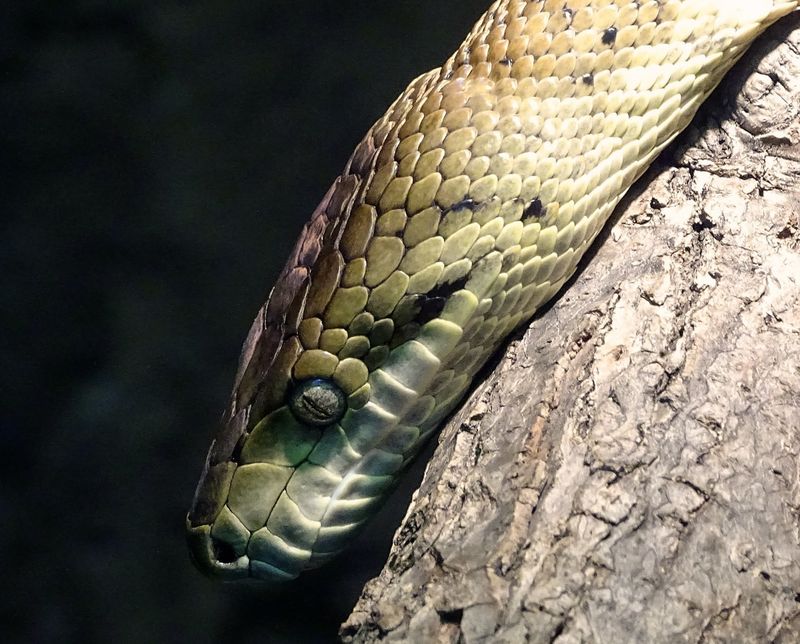
Snakes are the ultimate stealth experts, slipping through forests and fields without a sound. Their silent moves and natural camouflage make them top-tier hunters.
Each scale helps them glide smoothly across any terrain. It’s patience, precision, and power all wrapped into one sleek package.
This quiet hunting style sets them apart from louder, clumsier predators. Few creatures stalk with such finesse.
3. Unique Sensory Organs
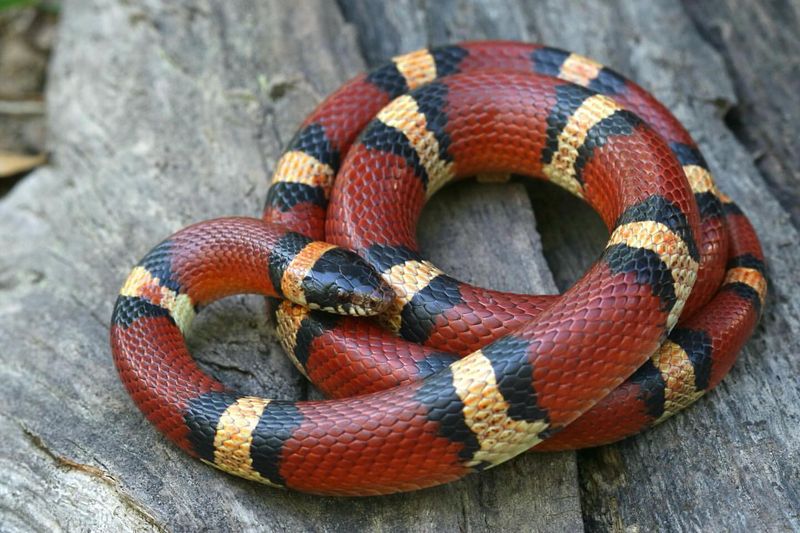
Snakes use their forked tongues to “taste” the air, picking up scent particles around them.
These particles go to the Jacobson’s organ, a built-in chemical analyzer in the roof of their mouths.
This clever system helps them track prey, find mates, and sense danger with impressive accuracy. It’s like having a super-powered GPS made of scent.
Since their vision and hearing aren’t great, this adaptation is their survival secret. And it works—big time.
4. Diverse Diet
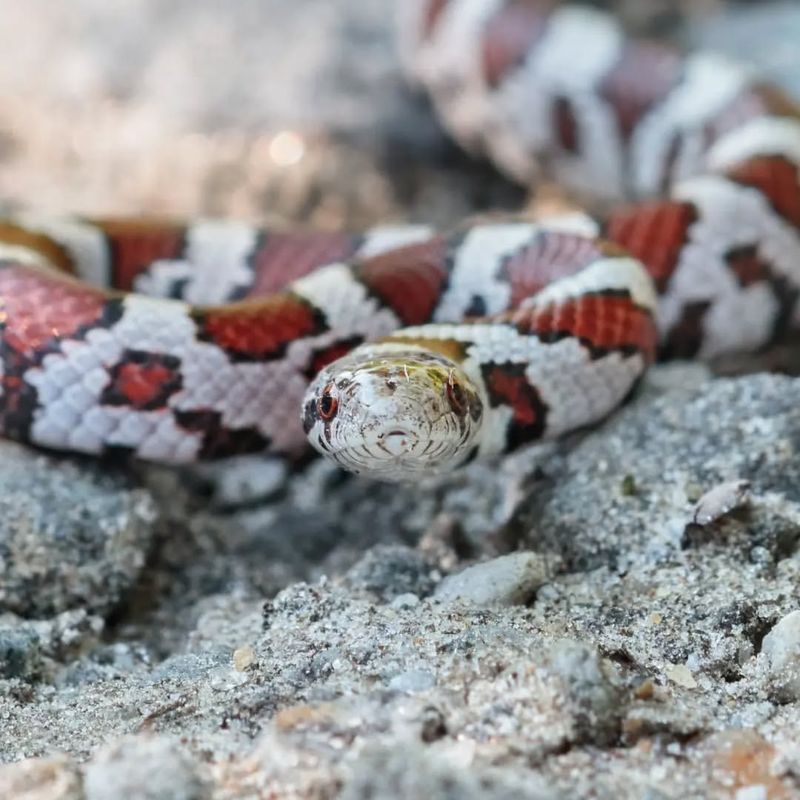
Snakes have one of the most versatile diets in the animal kingdom. From rodents and birds to insects and even other snakes, they’ll eat what’s available.
Some, like the king cobra, sit at the top of the food chain. Others, like green tree pythons, show off their climbing skills to catch prey in the treetops.
This adaptability helps snakes thrive in deserts, forests, wetlands—you name it. They’re true survivalists.
5. Impressive Venom
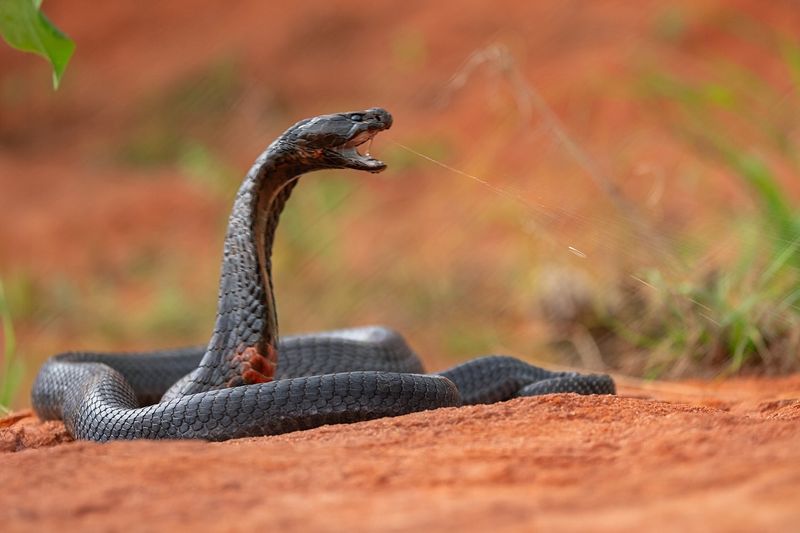
Venomous snakes might seem scary, but their venom is a brilliant product of evolution. It’s both a defense tool and a way to quickly subdue prey.
Packed with powerful proteins and enzymes, venom has also helped create life-saving medicines. Think painkillers, blood pressure drugs, and even cancer treatments.
These snakes aren’t just dangerous—they’re potential allies in science. Their unique biology holds secrets worth unlocking.
6. Smooth And Scaly Skin
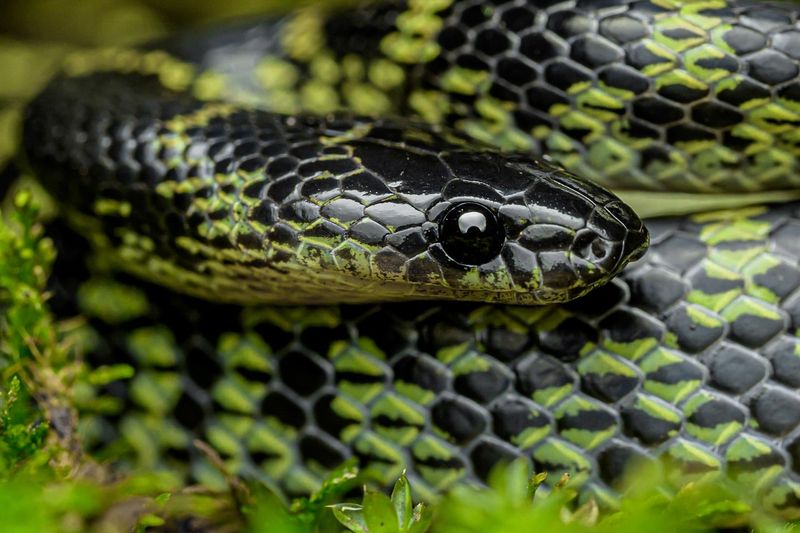
A snake’s skin is more than just a sleek exterior—it’s a multitasking marvel. Made of smooth, overlapping scales, it protects, hydrates, and helps them glide with ease.
Many snakes flaunt vibrant colors and patterns, perfect for camouflage or showing off. And yes, they shed it regularly in a process called ecdysis.
Each shed brings a fresh layer and helps remove pesky parasites. Younger snakes shed more often as they grow.
7. Incredible Longevity
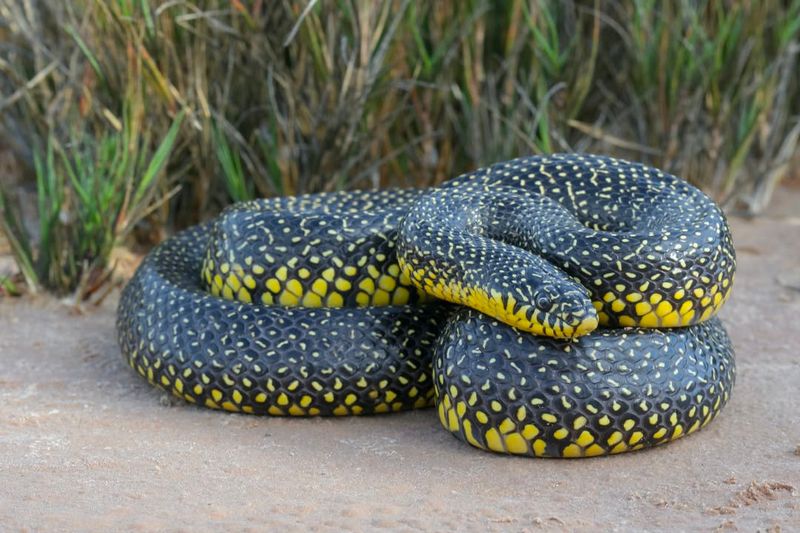
Snakes have slithered through Earth’s history since the age of dinosaurs. Their survival across millions of years proves just how adaptable they truly are.
From deserts to rainforests, they’ve mastered every environment thrown their way. That resilience makes them fascinating subjects for scientists.
Each scale tells a story of evolution and ancient life. They’re not just reptiles—they’re living time capsules.
8. Masters Of Camouflage
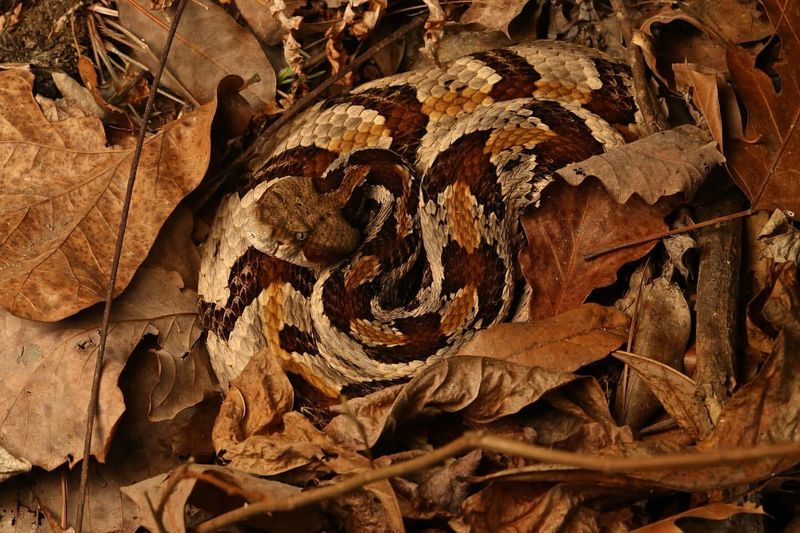
Camouflage is a snake’s secret weapon, helping them vanish into forests, deserts, or grasslands with ease.
It keeps them safe from predators and gives them an edge when hunting.
Some snakes look like sticks or leaves, while others, like green tree pythons, melt into the foliage with bold green hues. Their disguise game is top-tier.
This natural stealth shows just how adaptable and clever snakes really are. Evolution has made them masters of hide-and-seek.
9. Thermal Sensitivity
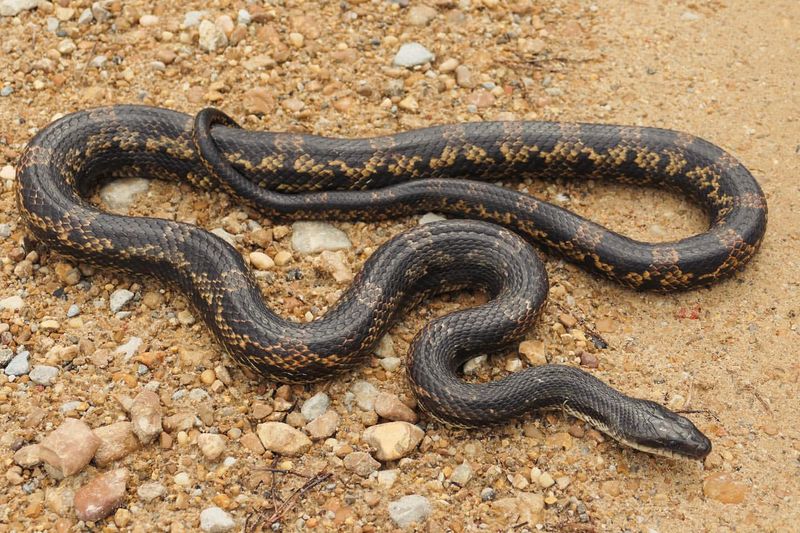
Some snakes can “see” heat thanks to special pit organs on their faces. These sensors let them detect warm-blooded prey even in total darkness.
This ability gives them a serious edge when hunting mice, birds, and other small animals. Even without sight, their strikes are impressively accurate.
It’s one more reason snakes are top-tier predators. Their senses are sharp in ways we’re only beginning to understand.
10. Size Variation
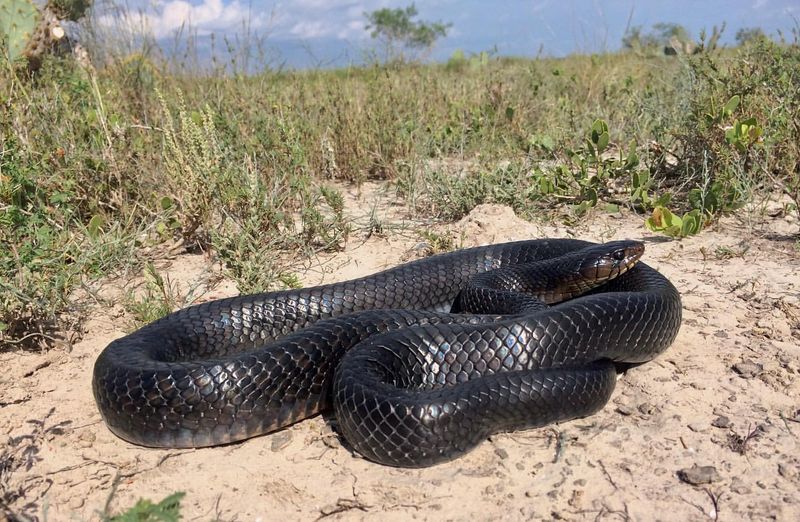
Snakes come in all sizes—from the tiny thread snake just a few inches long to the mighty green anaconda stretching over 20 feet. That’s a serious size spectrum!
Tiny species thrive underground or in leaf litter, snacking on insects and larvae. Giants like anacondas rule rivers and swamps, taking down prey as big as deer.
This size range shows just how versatile and adaptable snakes really are. They’ve carved out niches in almost every corner of the world.
11. Remarkable Regeneration
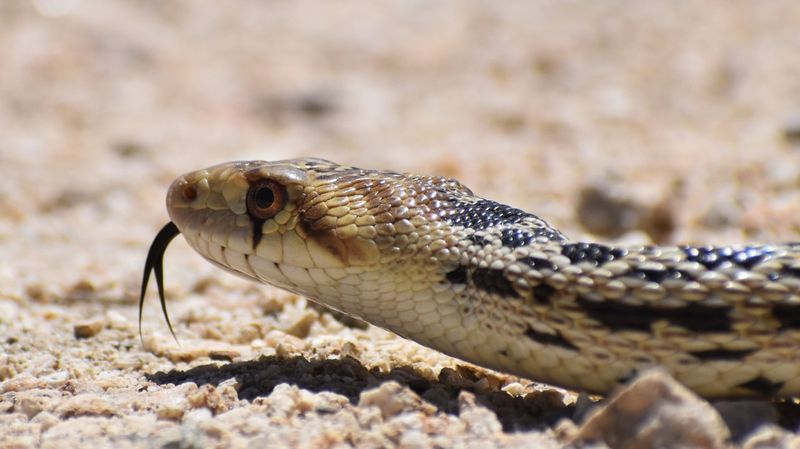
Snakes have an amazing ability to shed their skin in a process called ecdysis. This helps them grow and ditch old, damaged skin—and even parasites.
It starts with rubbing their heads on rough surfaces to break the skin loose. Then, they wriggle out, leaving behind a perfect outer layer like a glove.
This natural reboot is all about renewal and resilience. It’s nature’s way of saying, “onward and upward.”
12. Silent Communicators
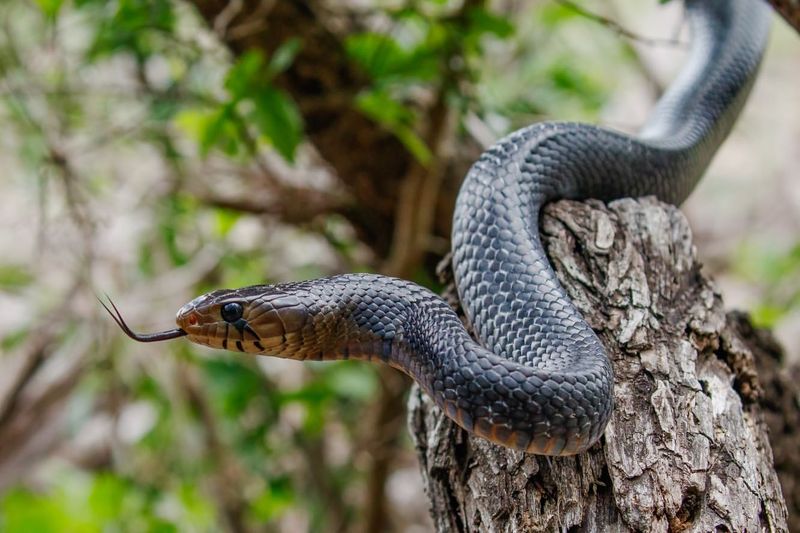
Snakes may not speak, but their communication is surprisingly complex. Through body language and pheromones, they share messages about mating, territory, and defense.
Males even engage in ritualistic combat dances to impress females. These movements show off strength without a single sound.
Pheromones help them find mates and signal readiness with incredible precision. It’s all silent—but highly effective.
13. A Worldwide Presence
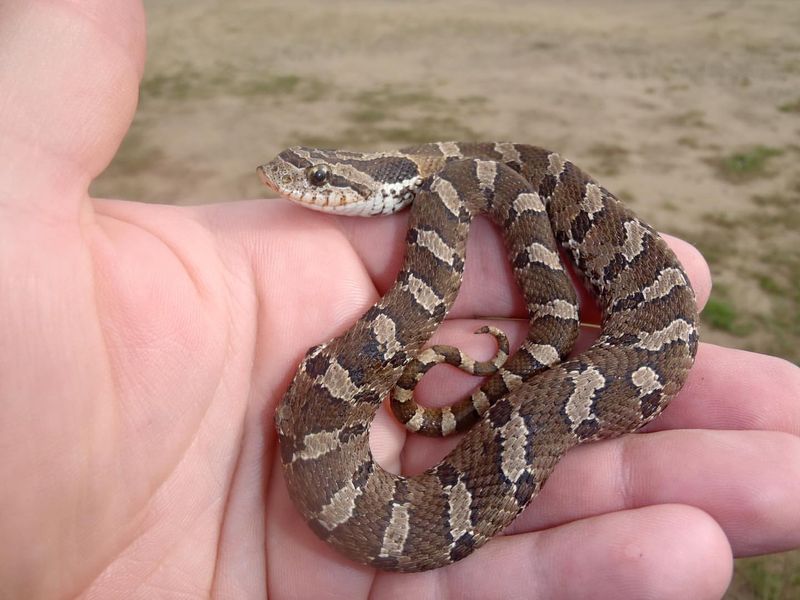
Snakes live almost everywhere on Earth—just not in Antarctica. From steamy rainforests to scorching deserts, they’ve made themselves right at home.
Their global reach shows just how adaptable and resilient they really are. Each species is uniquely suited to its environment.
With so many colors, sizes, and behaviors, their diversity is truly wild. Snakes are quiet powerhouses in countless ecosystems.
14. Guardians Of The Ecosystem
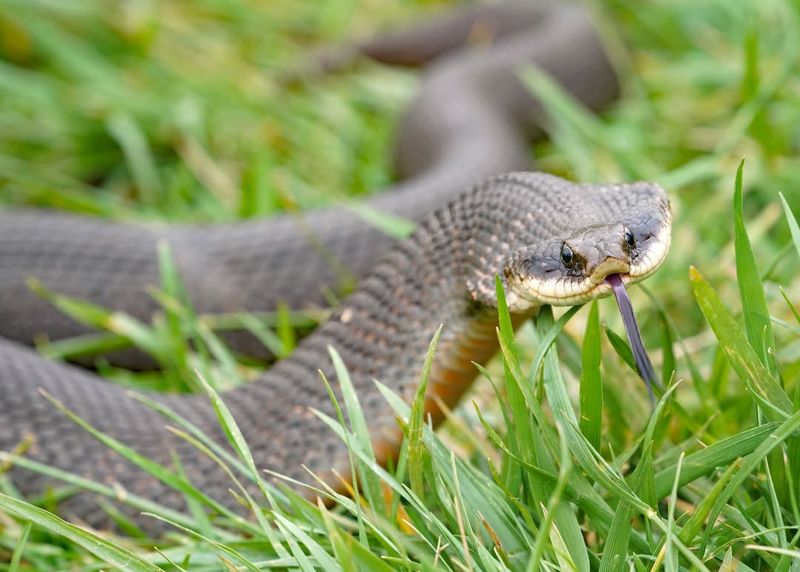
Snakes are key players in the ecosystem, acting as both predators and prey. They help control populations of rodents, birds, and insects, keeping nature in check.
At the same time, they serve as food for larger predators, connecting the food web. Their presence supports balance and biodiversity.
These quiet creatures hold a powerful role in maintaining ecological health. Without them, entire systems could tip out of balance.
15. The Role Of Myths
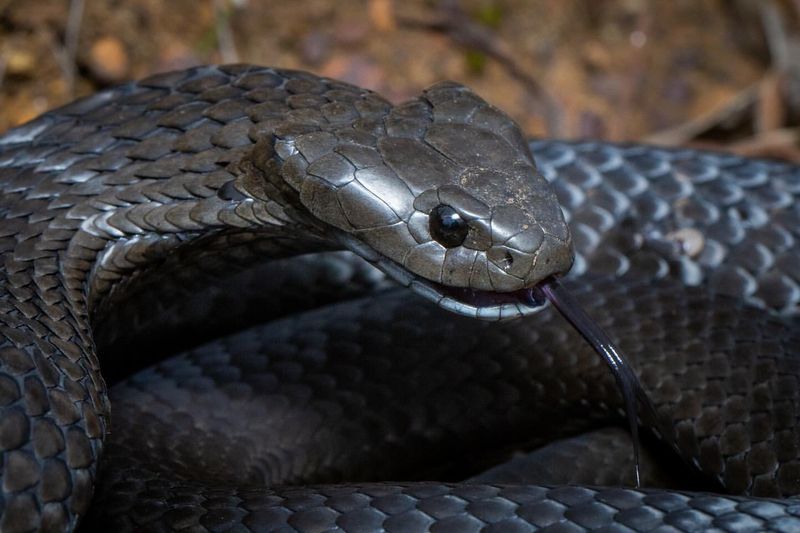
Snakes have slithered through myths and legends for centuries, symbolizing everything from danger to wisdom. Cultures worldwide have cast them as both feared and revered.
Medusa’s snake hair and the healing staff of Asclepius show their dual nature in Greek mythology. In China, the snake zodiac represents intuition, intelligence, and mystery.
These tales reveal just how deeply snakes stir the human imagination. They blend myth, meaning, and a touch of magic.
16. Snake Conservation Efforts
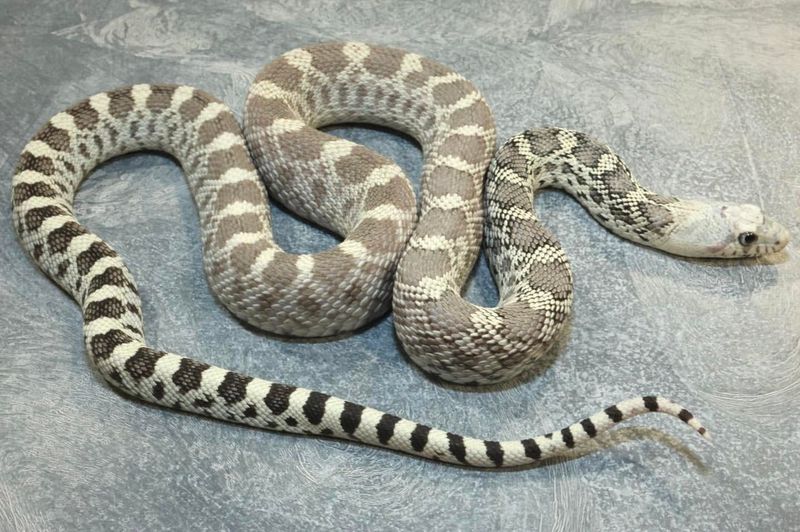
Conserving snakes is key to protecting biodiversity and keeping ecosystems in balance.
Sadly, many species are threatened by habitat loss, climate change, and fear-driven persecution.
Groups around the world are working hard to save them—restoring habitats, educating the public, and pushing for legal protection.
These efforts help snakes and people coexist peacefully.
Snakes play vital roles as both predator and prey, shaping the health of their environments. Losing them disrupts nature’s rhythm.
17. Cultural Significance
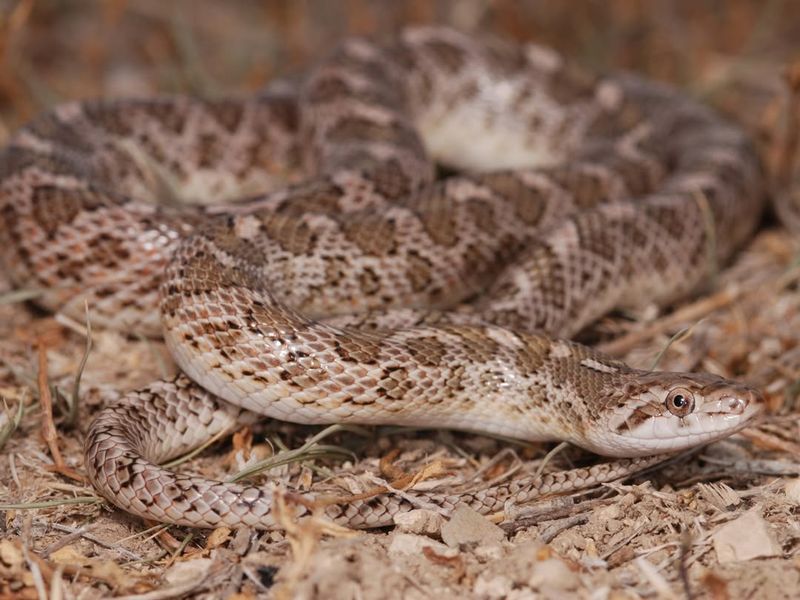
Snakes have slithered through myths and legends for centuries, symbolizing everything from wisdom to rebirth.
Across cultures, they’ve been seen as powerful, mysterious forces of nature.
In ancient Egypt, snakes protected the land; in Hinduism, they represent immortality and divine energy. Some stories paint them as guardians, others as tricksters.
This mix of meanings shows just how deeply humans have connected with snakes. They’ve inspired art, stories, and spiritual beliefs around the world.
18. Masters Of Adaptation
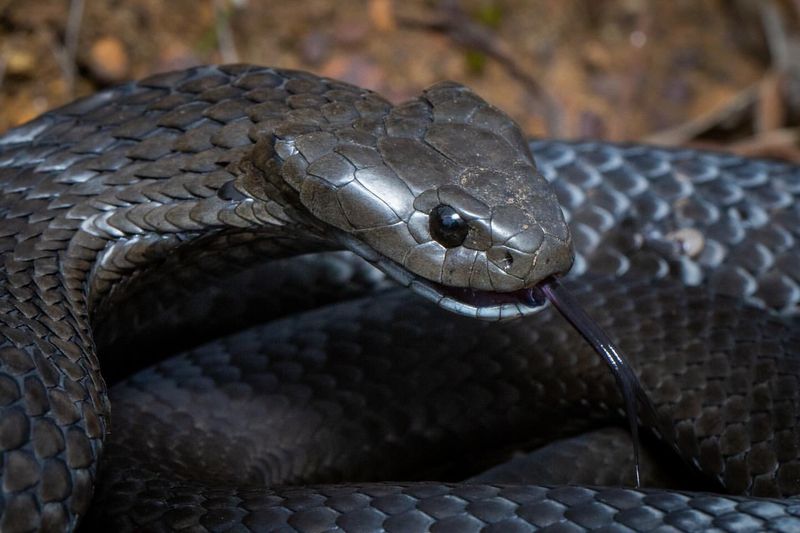
Snakes are true survival artists, thriving everywhere from deserts to rainforests. Their secret? Clever adaptations that suit each unique environment.
They burrow, conserve water, and regulate heat like pros. These traits let them beat the odds in tough conditions.
Their resilience is a shining example of nature’s creativity. Evolution gave them the tools—they ran (or slithered) with them.
19. Solitary Yet Social
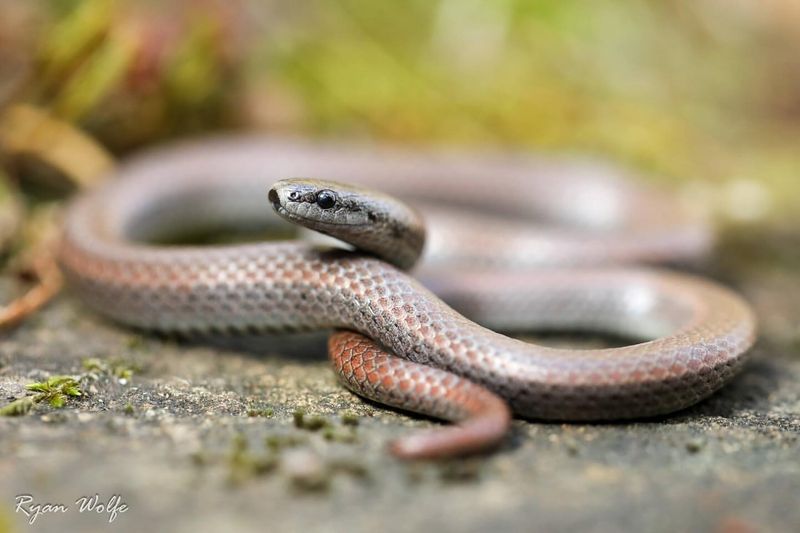
Snakes may seem like loners, but they have surprising social sides. During mating season, some perform dances or even engage in combat to win over a mate.
In colder climates, they huddle together in dens to stay warm through winter—talk about teamwork. These interactions show that snakes aren’t always as solitary as they seem.
Their social behaviors reveal a deeper complexity behind the scales. There’s more going on than meets the eye.
20. Unique Hunting Techniques
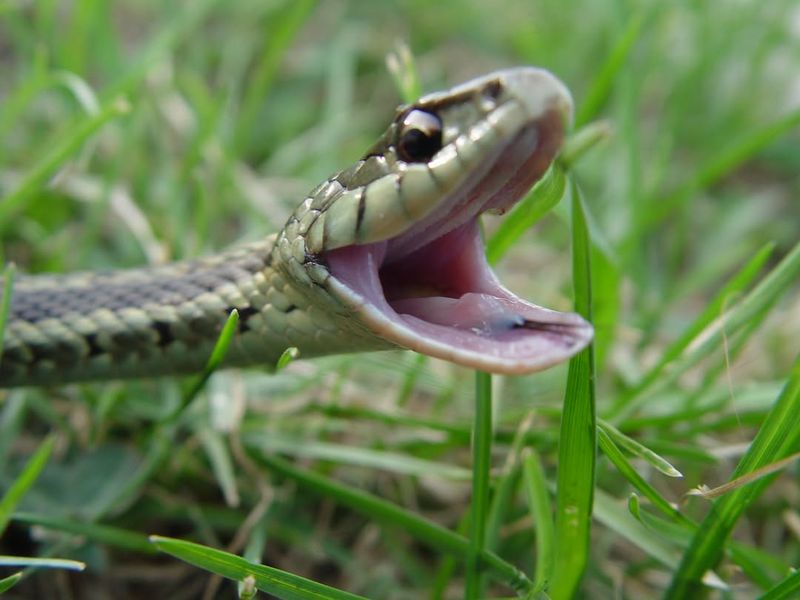
Snakes are stealthy, strategic hunters with some seriously cool techniques.
Depending on the species, they might strike with venom, squeeze with strength, or lie in wait to ambush.
Rattlesnakes use camouflage and patience, while boas and pythons rely on powerful constriction. Cobras and vipers deliver fast, venomous bites to stop prey in their tracks.
Each method is a brilliant example of nature’s design. These reptiles know how to get the job done.
21. Cryptic Coloration
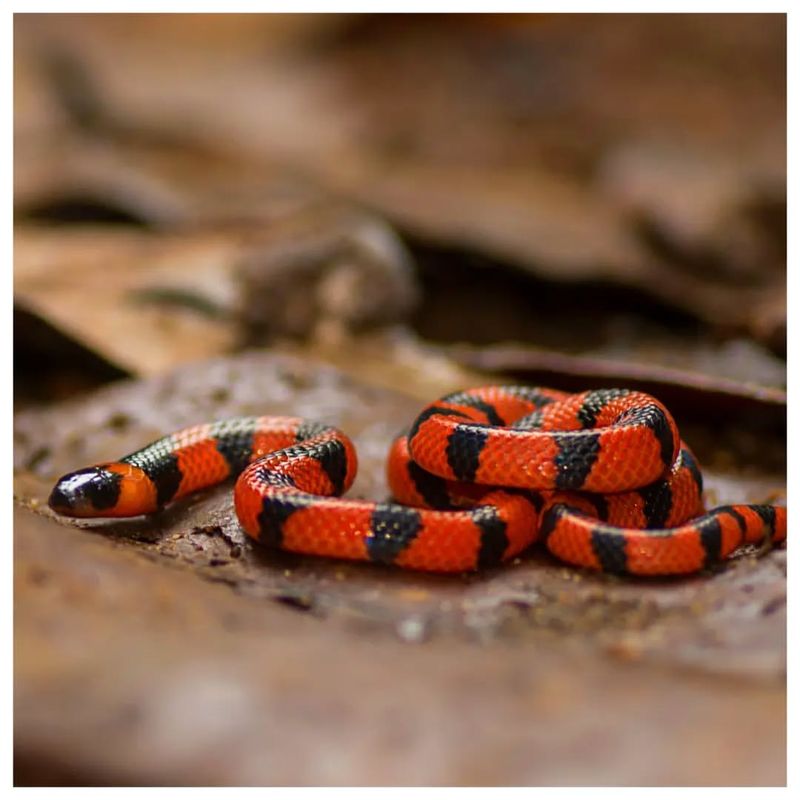
Cryptic coloration lets snakes vanish into their surroundings like nature’s magicians. With colors and patterns that mimic leaves, sand, or bark, they become nearly invisible.
Species like the Asian vine snake and sidewinder rattlesnake have mastered the art of blending in. It’s survival by design—and it’s brilliant.
This camouflage helps them avoid predators and sneak up on prey. It’s a quiet, powerful edge in the wild.
22. The Beauty Of Patterns
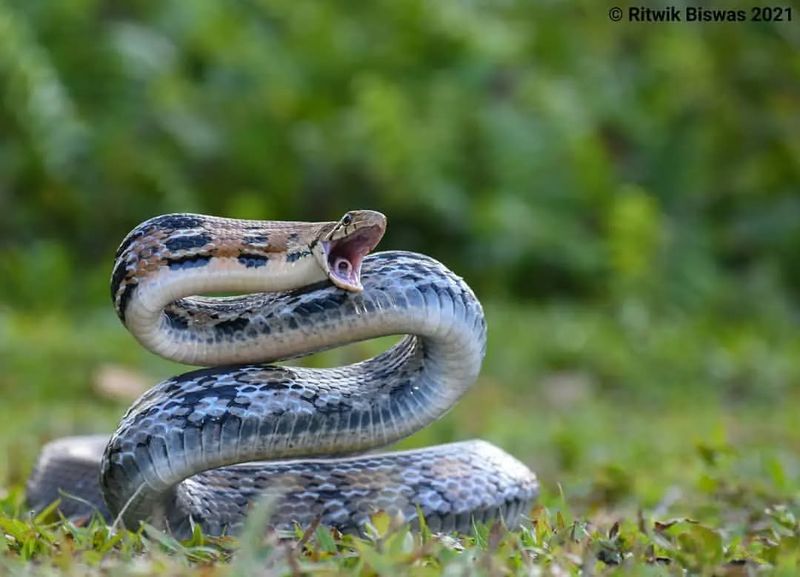
Snake skin patterns aren’t just gorgeous—they’re survival tools with serious purpose. From stripes and spots to colorful mosaics, each design tells a story.
Bright colors like those on coral snakes shout “danger,” while complex patterns on pythons help them disappear into their surroundings.
It’s camouflage or warning, depending on the mission.
These designs are the result of millions of years of fine-tuned evolution. Nature really knows how to blend beauty with function.
Looking past fear, we see the artistry in every scale. Snakes are living proof that survival can be stunning.
23. Weather Forecasting Abilities
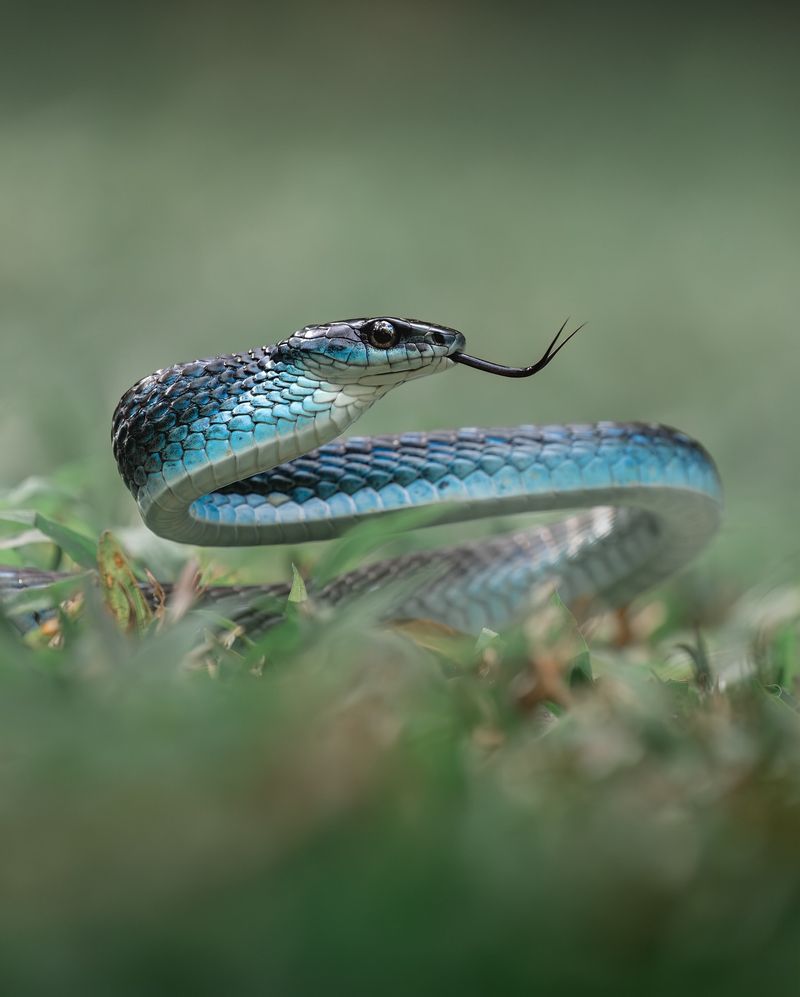
Some snakes seem to have a built-in weather radar, sensing shifts in temperature and pressure. This allows them to detect storms and seek shelter before bad weather hits.
It’s a survival superpower that helps them stay safe and regulate their body temperature. Nature gave them the tools—and they use them well.
Their sensitivity shows just how finely tuned snakes are to their environment. They’re quiet, but incredibly aware.
24. Unique Defensive Mechanisms
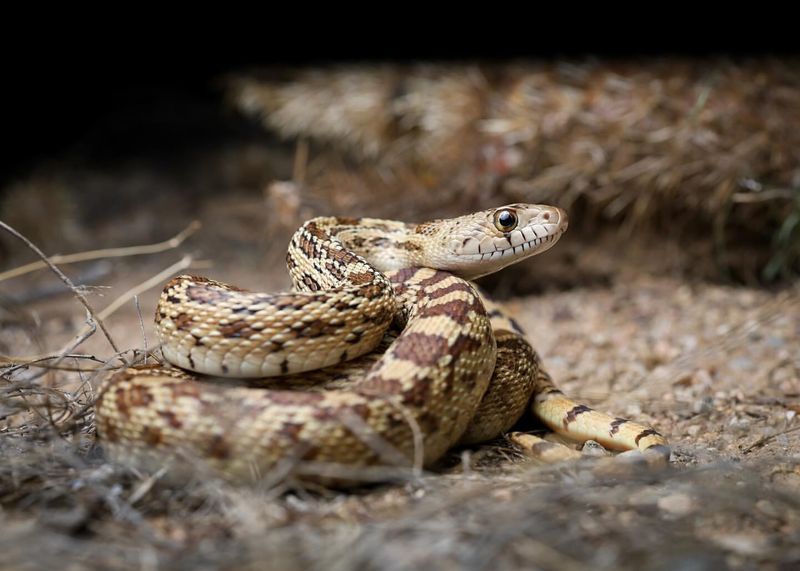
Snakes have some seriously clever tricks to stay safe from predators.
From dramatic hissing and hood-flaring to venom and mimicry, their defenses are as diverse as they are effective.
Milk snakes copy coral snakes’ colors to fool predators, while spitting cobras launch venom from afar with pinpoint accuracy. Talk about defense with flair!
These strategies show how evolution equips snakes to handle danger in creative ways. Every move has a purpose.
25. Technological Inspirations
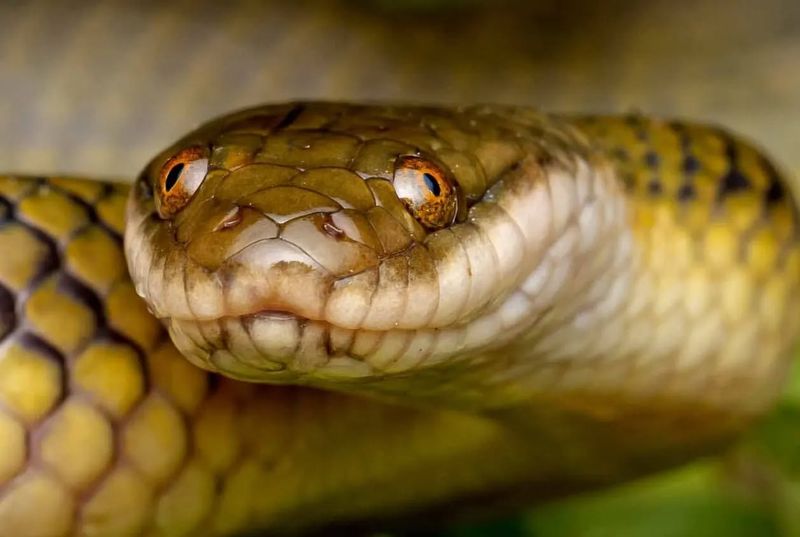
Snakes have inspired cutting-edge tech, especially in robotics and engineering.
Their smooth, flexible movement is being mimicked to create robots that can squeeze through tight spots during rescue missions or exploration.
Even their skin has sparked innovation—its texture and durability are influencing the design of high-performance materials. Nature’s design is proving tough to beat.
These breakthroughs show how observing snakes can lead to real-world solutions. Biology meets technology in the coolest ways.
26. Venomous Diversity
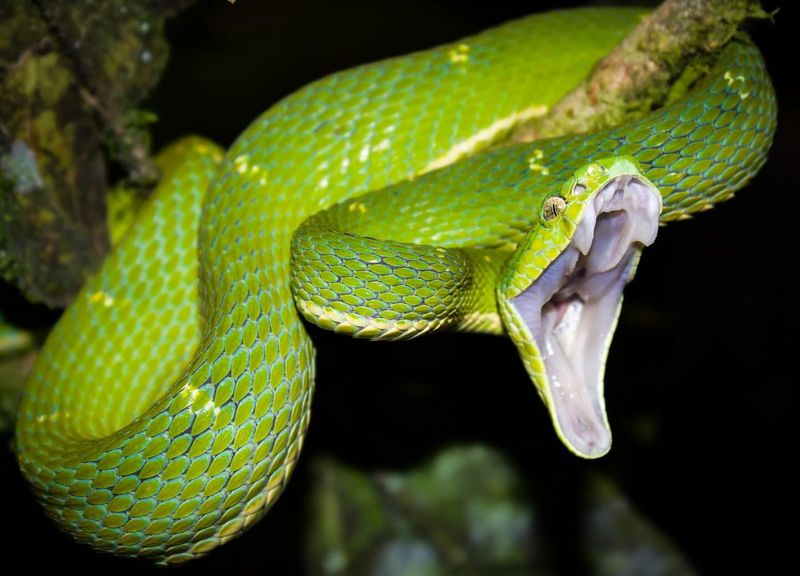
Venomous snakes come in over 600 species, each with its own specialized venom and delivery style.
From cobras to pit vipers, their adaptations are wild and wonderfully diverse.
Some venom shuts down nerves, while others target blood or tissues—each perfectly tuned to the snake’s environment and hunting style. It’s nature’s chemistry at work.
This variety isn’t just fascinating—it’s ecologically vital and medically promising. Venom holds clues for treatments and cures.
27. Efficient Reproduction
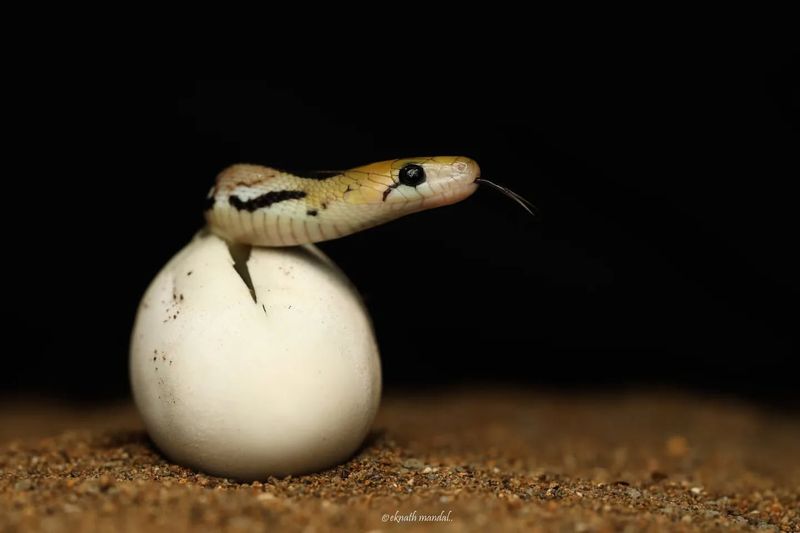
Snakes have evolved impressive reproductive strategies to keep their species going strong. Some lay eggs, while others give birth to live young—talk about flexibility!
These methods help them thrive in deserts, forests, and everything in between. Certain species even guard their eggs or deliver fully formed, ready-to-go babies.
It’s all about boosting survival in wild and unpredictable environments. Nature clearly knew what it was doing.
28. Snake Communication Strategies
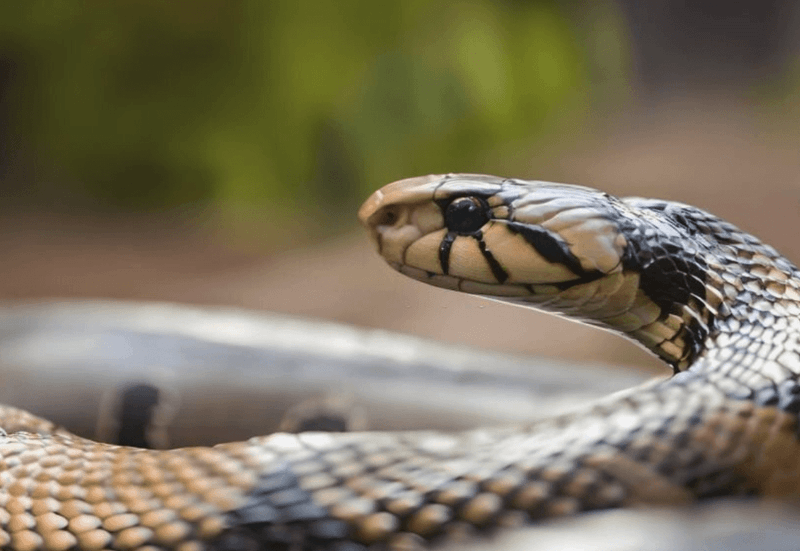
Snakes may be quiet, but they’ve got a lot to say with their bodies. Coiling, hissing, and striking poses are all part of their reptile language.
Some even use bold colors or patterns to send signals—warning off threats or attracting mates. It’s all non-verbal, but crystal clear in the snake world.
These silent strategies show just how smart and adaptable snakes really are. They’ve mastered the art of saying plenty without a sound.



